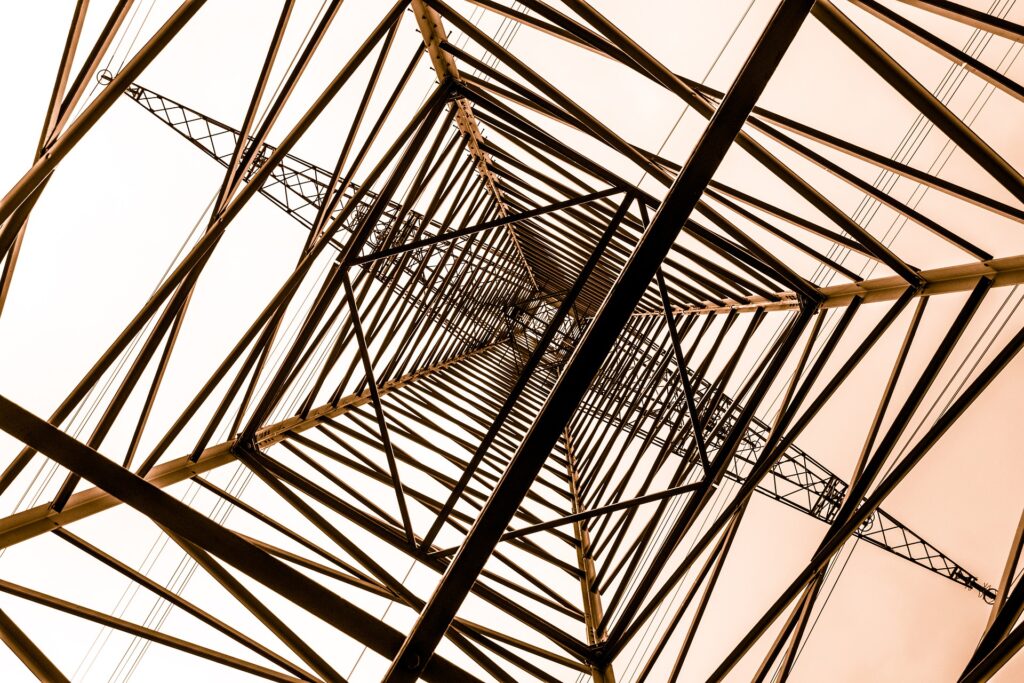Improving the observability and control of LV networks represents one of the main ambition of the distribution system operator (DSO), currently supported by the recent development of the Internet of Things (IoT), Machine Learning (ML) and Artificial Intelligence (AI) technologies for collecting, monitoring, and analysing power grid status and performance. Nowadays, the energy transition process boosts the DSO to monitor and control LV network state and operation of its Smart Grid (SG), especially in terms of production and consumption in almost real time. It is expected that the Advanced Metering Infrastructure (AMI) will enable automatic fault detection and the implementation of network topology applications as well as voltage control and the flexibility from the distributed generation (DG).
A capillary knowledge of consumption/production profiles of LV/MV customers allows to enable the adoption of innovative strategies, which will play an increasingly important role in the energy transition. Demand Side Response (DSR) strategies and the implementation of flexibility tools, such as storage systems and smart electric vehicle charging stations, require the monitoring of the network in near real-time. The capillary monitoring infrastructure is exploited in literature to create services for the DSO and the consumers/prosumers, such as to detect sources of energy flexibility on the territory and to implement DSR or other decision-making mechanisms. Some studies focus on the devices capability to work with a large quantity of electrical/energy measurements and grid status1 as well as s to provide the grid operators more visibility into the health and operation of their assets (e.g., transformers, lines)2. A new method to carry out the load flow analysis in MV networks is presented by Cataliotti et al.3, based on LV load power measurements applied on an innovative backward/forward algorithm for the power flow resolution. Many studies highlight the possibility of building up DSR campaigns to exploit the flexibility derived by the customers. However, most of the existing studies mainly focus on the theoretical design of DSR schemes and do not verify the proposed schemes through implementation, as underlined by Li et al.4
However, the large-scale introduction of these technologies results extremely expensive for DSOs in case of adoption of complex monitoring infrastructure as well as real time devices. Indeed, an economical, simple and reliable device could represent the optimal solution for enabling these new services. Smart energy grid active monitoring/control, one of the Use Cases planned in the IoT-NGIN project, goes in this direction, investigating how the diffusion of advanced telecommunication technologies, like 5G, combined with the application of advanced tools of artificial intelligence, can be beneficial for the energy system.
In this regard, a low-cost smart monitoring device for DSR campaigns will be presented by ASM Terni and the Sapienza University of Rome at the conference ICICT 2022 conference. The accepted paper proposes a cheap and reliable device, based on Raspberry Pi and affordable sensors, for the monitoring of an energy district, in order to implement DSR strategies on a large scale. Specifically, the smart monitoring device presented is composed of two Raspberry Pi: a Raspberry Pi 3 model B+ and a Raspberry Pi 4. The proposed system monitors four variables: secondary substation temperature, secondary substation humidity, RMS values of voltage and current. The feasibility of the monitoring infrastructure for a company building demand was tested in the headquarters of ASM Terni S.p.A., the DSOs of the city of Terni (Italy).
References
1
K. Sharma and L. Mohan Saini, “Performance analysis of smart metering for smart grid: An overview,” Renewable and Sustainable Energy Reviews, vol. 49, pp. 720–735, Sep. 2015, doi: 10.1016/J.RSER.2015.04.170.
2
K. Ashok, D. Li, D. Divan, and N. Gebraeel, “Distribution Transformer Health Monitoring using Smart Meter Data,” 2020. Accessed: Oct. 04, 2021.
3
A. Cataliotti, V. Cosentino, D. di Cara, and G. Tinè, “LV Measurement Device Placement for Load Flow Analysis in MV Smart Grids,” IEEE Transactions on Instrumentation and Measurement, vol. 65, no. 5, 2016, Accessed: Oct. 04, 2021.
4
W. T. Li et al., “Demand response management for residential smart grid: From theory to practice,” IEEE Access, vol. 3, pp. 2431–2440, Nov. 2015, doi: 10.1109/ACCESS.2015.2503379

